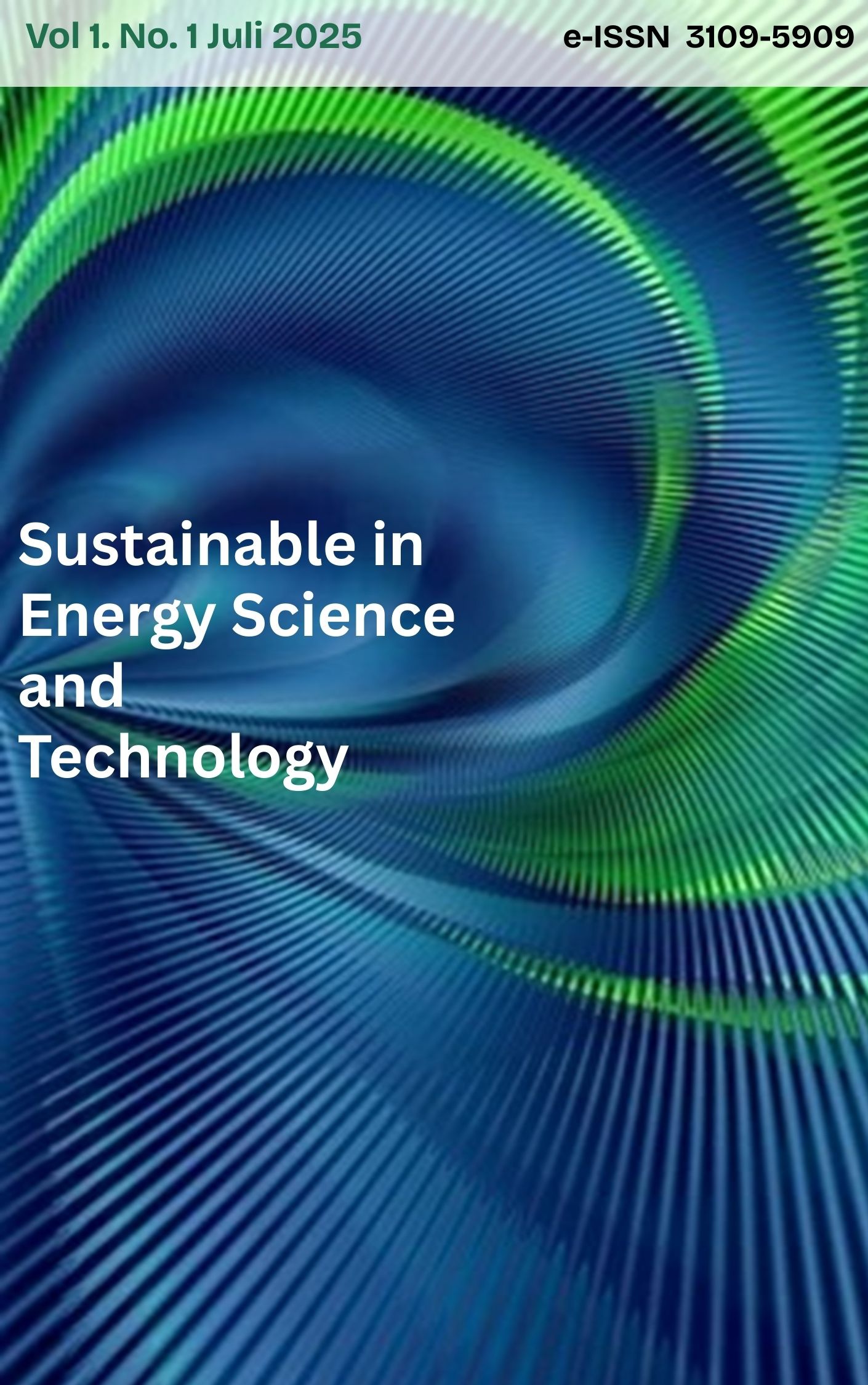Modified Zeolite-Based Composite as Urea Slow-Release Fertilizer – A Mini Review
DOI:
https://doi.org/10.51510/siest.v1i1.2579Keywords:
Modified zeolite-based composite, urea, slow-release fertilizerAbstract
Urea is the most commonly used nitrogen fertilizer in agriculture due to its high nitrogen content and low cost. However, its efficiency is often below 50% because of nitrogen losses through leaching, volatilization, and surface runoff. To reduce these losses and improve fertilizer efficiency, slow-release fertilizers (SRFs) using modified zeolite-based composites have been developed. Zeolite is a porous aluminosilicate mineral with excellent ion exchange and adsorption properties, making it a good carrier for urea. However, natural zeolite has limitations, such as impurities and low surface area, which can be improved through modification techniques like acid–base treatments (dealumination and desilication), surfactant modification, and combination with organic or inorganic materials. These modifications improve pore size, surface area, and nutrient-holding capacity, allowing for a slower and more controlled release of nitrogen. This mini review discusses recent studies on the preparation, characterization, and performance of modified zeolite composites for urea delivery, showing their potential to reduce environmental impact and increase nutrient use efficiency in agriculture.



